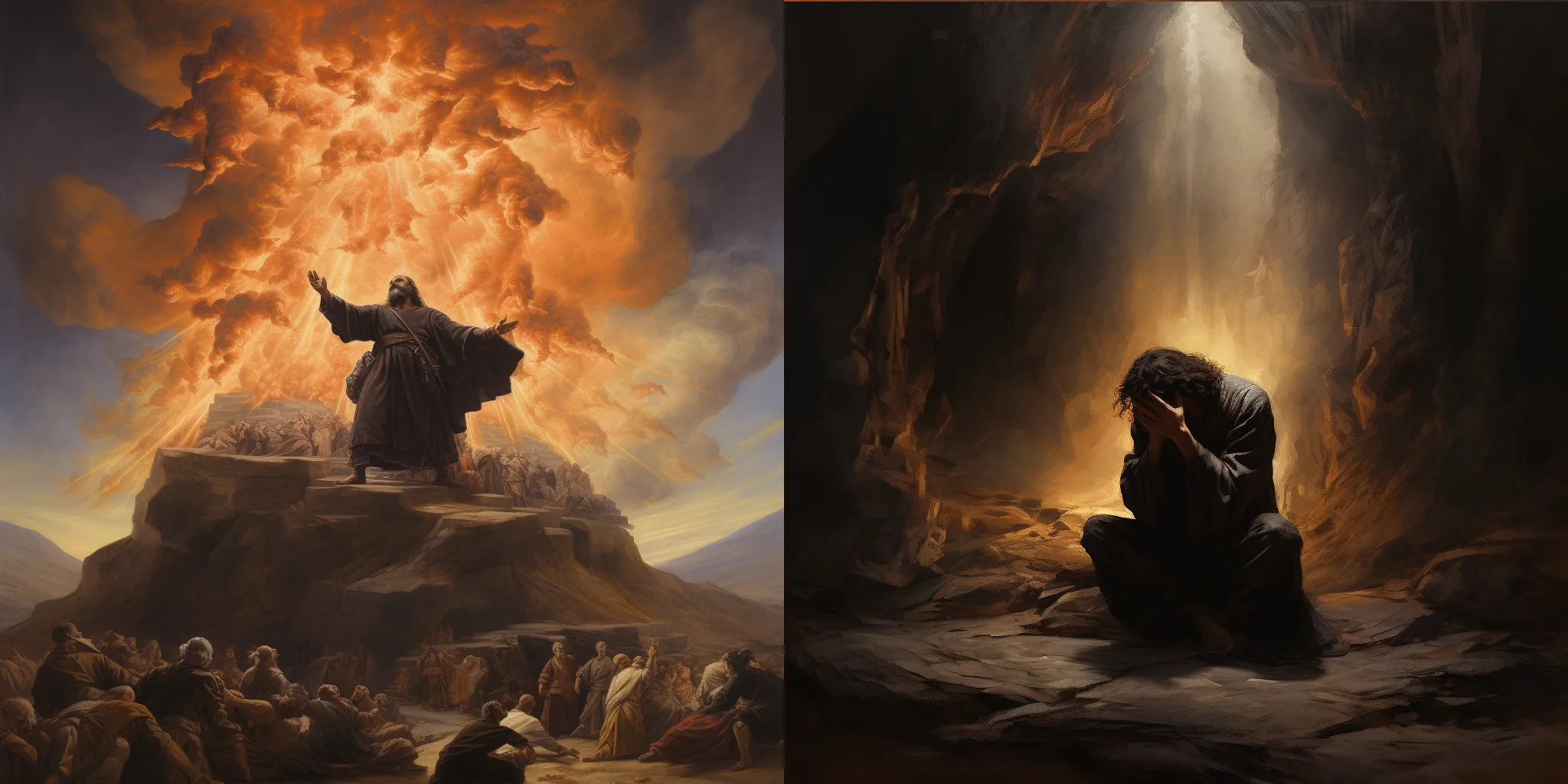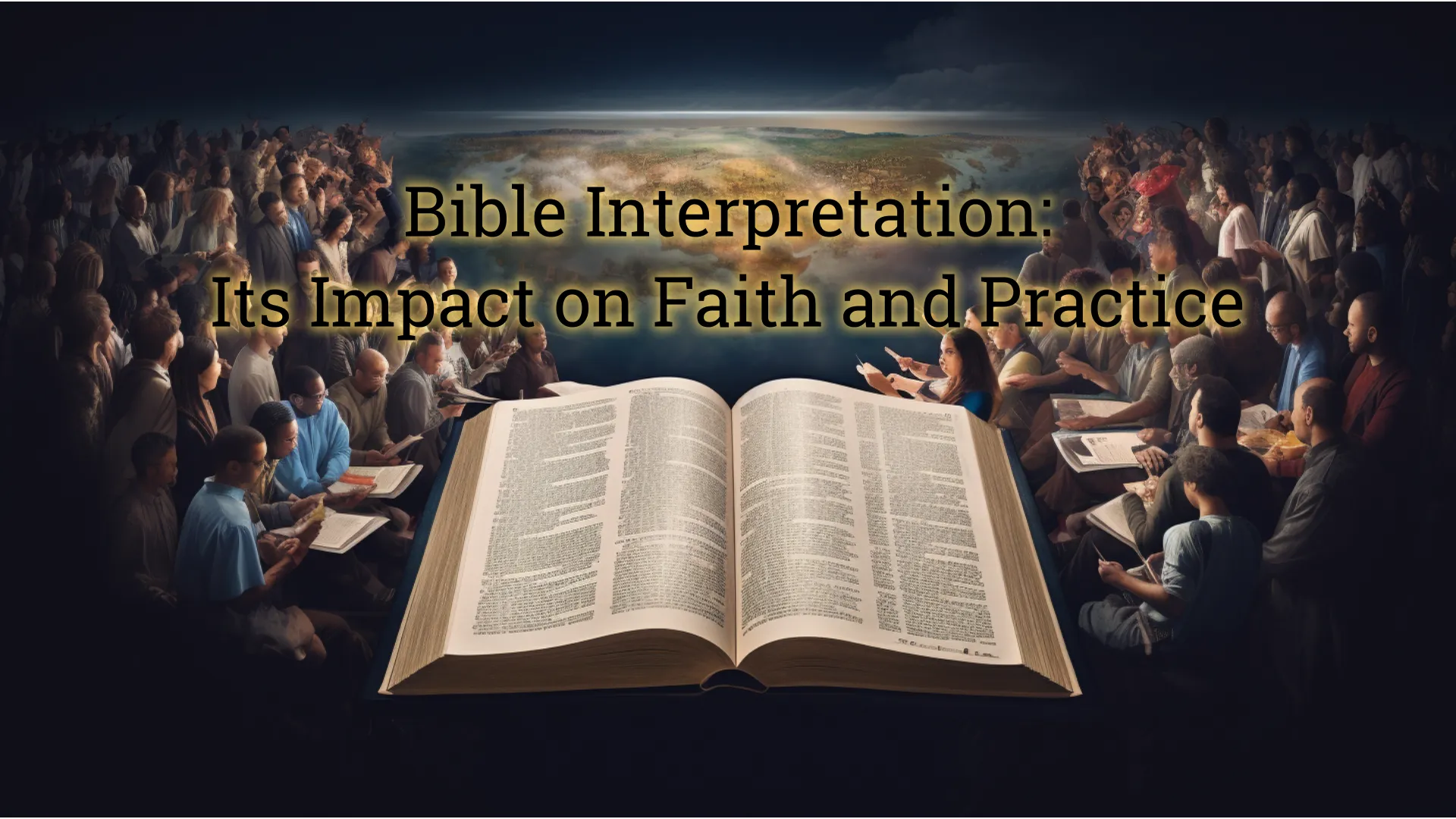The Evidence of History
by John Malloy
“Any responsible historian, then, who seeks to give an account of the matter, must deal with these four independently established facts: the honorable burial of Jesus, the discovery of his empty tomb, his post-mortem appearances, and the very origin of the disciples’ belief in his resurrection and, hence, of Christianity itself. I want to emphasize that these four facts represent, not the conclusions of conservative scholars, but rather the majority view of New Testament scholarship today. The question is: how do you best explain these facts?”
Willian Lang Craig
This is part five of a six-part series of articles. The rest of the series is coming soon....
Modern society, because of the vast amount of knowledge available, has subdivided that knowledge into different fields of study creating a world of specialists with increasingly smaller and smaller horizons. All too often, knowledge in one discipline that can illuminate another field is either unknown or ignored, by researchers. This is especially true for historical information. Scientists, who have been predisposed to think of natural events taking millions of years view recorded history is largely irrelevant to their studies. This is reinforced in subjects where the historical data is contrary to the basic assumptions of the researchers.
Many conflicts can be cited as examples (existence of Troy, changes in regional and global climate, etc.) but the egregious involve the Bible. In the 18th and 19th centuries, the Bible went from being the “gold standard” of information to the least trusted source. This is partly a reaction to it being the cultural standard for so long, and partly due to the growth of science and its focus on increasing understanding using observed natural phenomena (while rejecting the existence of supernatural forces). The success of the applied sciences in changing technology and society resulted in a profound hubris. Because we had better tools, we were better and smarter humans and there was little to learn from our superstitious ancestors. By the 20th century, this attitude led to the rise of communism, eugenics, scientific racism, and a reemergence of euthanasia. Nietzsche’s concerns about rise of nihilism proved justified.
The fact that the Bible was singled out for this rejection was both illogical and yet easy to understand. No single ancient document is as well preserved. While none of the original autographs are available, the earliest surviving manuscript dates to just 50 years after the original was written, with 4-5 nearly complete surviving manuscripts and 20,000 reliable partial manuscripts. This is remarkable considering that the Bible is a compilation of 66 books, written by 40 authors over a 1500 year period.
Table 1 provides a summary of other well-known ancient documents; the time span between date of writing and the number of surviving manuscripts. None of them are even within the same order of magnitude. While there may be questions about their accuracy, no classical scholar would doubt the authenticity of Herodotus’ or Thucydides’ “History” because of the lack of early manuscripts. Yet the Bible, because of its subjects, faces intense criticism.
The rejection of the Bible as an authoritative source is understandable because its fundamental premise is that the supernatural exists. It describes a Divine Being who was responsible for the creation of the universe. It teaches that this Divine Being interceded with the daily affairs of people as historical fact and that some of the authors claim to have been eyewitnesses of these events. It claims that man has an eternal spirit that survives the death of the physical body and that many eyewitnesses can testify to resurrection of the dead. These claims fundamentally conflict with the basic premises of modern science and to a large extent, modern society.
Table 1 – Summary of Existing Manuscripts of Significant Ancient Works[1]
How do we evaluate the Bible’s claims? Just like Hubble’s constant, it cannot be empirically tested in the laboratory anticipating unequivocal results. It can only be evaluated based on a comparison of its claims with the observable world.
The Bible accounts, especially the Old Testament is fundamentally tied to history.
Because the Scriptures continually refer to historical events, they are verifiable; their accuracy can be checked by external evidence. The chronological details in the prologue to Jeremiah (1:1-3) and in Luke 3:1-2 illustrate this. Ezekiel 1:2 allows us to date Ezekiel’s first vision of God to the day (July 31, 592 B.C.). The historicity of Jesus Christ is well-established by early Roman, Greek, and Jewish sources, and these extrabiblical writings affirm the major details of the New Testament portrait of the Lord. The first-century Jewish historian Flavius Josephus made specific references to John the Baptist, Jesus Christ, and James in his Antiquities of the Jews. In this work, Josephus gives us many background details about the Herods, the Sadducees and Pharisees, the high priests like Annas and Caiaphas, and the Roman emperors mentioned in the gospels and Acts. We find another early secular reference to Jesus in a letter written a little after A.D. 73 by an imprisoned Syrian named Mara Bar-Serapion. This letter to his son compares the deaths of Socrates, Pythagoras, and Christ. Other first- and second-century writers who mention Christ include the Roman historians Cornelius Tacitus (Annals) and Suetonius (Life of Claudius, Lives of the Caesars), the Roman governor Pliny the Younger (Epistles), and the Greek satirist Lucian (On the Death of Peregrine). Jesus is also mentioned a number of times in the Jewish Talmud. The Old and New Testaments make abundant references to nations, kings, battles, cities, mountains, rivers, buildings, treaties, customs, economics, politics, dates, etc. Because the historical narratives of the Bible are so specific, many of its details are open to archaeological investigation. While we cannot say that archaeology proves the authority of the Bible, it is fair to say that archaeological evidence has provided external confirmation of hundreds of biblical statements. Higher criticism in the 19th century made many damaging claims that would completely overthrow the integrity of the Bible, but the explosion of archaeological knowledge in the 20th century reversed almost all of these claims. Noted archaeologists such as William F. Albright, Nelson Glueck, and G. Ernest Wright developed a great respect for the historical accuracy of the Scriptures as a result of their work. Out of the multitude of archaeological discoveries related to the Bible, consider a few examples to illustrate the remarkable external substantiation of biblical claims. Excavations at Nuzi (1925-41), Mari (discovered in 1933), and Alalakh (1937-39; 1946-49) provide helpful background information that fits well with the Genesis stories of the patriarchal period. The Nuzi tablets and Mari letters illustrate the patriarchal customs in great detail, and the Ras Shamra tablets discovered in ancient Ugarit in Syria shed much light on Hebrew prose and poetry and Canaanite culture. The Ebla tablets discovered recently in northern Syria also affirm the antiquity and accuracy of the Book of Genesis. Some scholars once claimed that the Mosaic Law could not have been written by Moses, because writing was largely unknown at that time and because the law code of the Pentateuch was too sophisticated for that period. But the codified Laws of Hammurabi ca. 1700 B.C.), the Lipit-Ishtar code (ca. 1860 B.C.), the Laws of Eshnunna (ca. 1950 B.C.), and the even earlier Ur-Nammu code have refuted these claims.[2]
While the Bible remains the subject of much criticism by professional archeologists, after proper evaluation, archeology appears to validate it. This criticism, in the face of repeated valid






